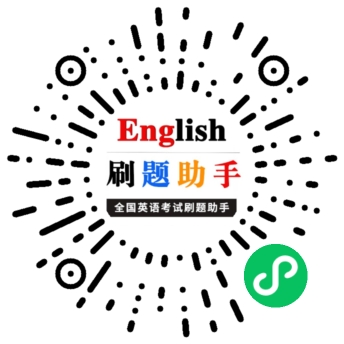2017年公共英语四级考试阅读精选(10)
2017年公共英语四级考试阅读精选(10)
钢琴是一种键盘乐器。在意大利语中,“钢琴”就是指能同时发出强音和弱音的羽管键琴,有“乐器之王”的称号。下面,我们一起阅读这篇公共英语四级阅读文章来了解一下钢琴吧。
Piano
The ancestry of the piano can be traced to the early keyboard instruments of the fifteenth and sixteenth centuries —— the spinet, the dulcimer, and the virginal. In the seventeenth century the organ, the clavichord, and the harpsichord became the chief instruments of the keyboard group, a supremacy they maintained until the piano supplanted them at the end of the eighteenth century. The clavichord's tone was metallic and never powerful; nevertheless, because of the variety of tone possible to it, many composers found the clavichord a sympathetic instrument for intimate chamber music. The harpsichord with its bright, vigorous tone was the favorite instrument for supporting the bass of the small orchestra of the period and for concert use, but the character of the tone could not be varied save by mechanical or structural devices.
The piano was perfected in the early eighteenth century by a harpsichord maker in Italy(though musicologists point out several previous instances of the instrument). This instrument was called a piano e forte (soft and loud), to indicate its dynamic versatility; its strings were struck by a recoiling hammer with a felt-padded head. The wires were much heavier in the earlier instruments. A series of mechanical improvements continuing well into the nineteenth century, including the introduction of pedals to sustain tone or to soften it, the perfection of a metal frame, and steel wire of the finest quality, finally produced an instrument capable of myriad tonal effects from the most delicate harmonies to an almost orchestral fullness of sound, from a liquid, singing tone to a sharp, percussive brilliance.
钢琴
钢琴的家系可以追溯至 15 至 16 世纪早期的键盘乐器,包括小型拨弦琴、洋琴和维金娜琴。17 世纪时风琴、敲弦琴和拨弦琴成为键盘乐器类的主要成员。这种至高无上的地位一直为它们所保持,直到 18 世纪末期钢琴将它们取代。
敲弦古钢琴的音调有金属的音质,缺乏雄劲。然而由于它的音调变化多,许多作曲家发现对于亲切的室内乐是一种得体的乐器。人们最喜欢用具备明快有力音调的拨弦古钢琴来配合当时小型管弦乐团的低音乐器以 及在演奏会上演奏。但它的音调难以变化,除非使用机械或构件装置。18 世纪早期的意大利,钢琴在一位拨琴钢琴制造者手中得到完善(尽管音乐理论家们指出有更早的例子)。这种乐器被称为 piano eforte (意大利语,柔和而响亮的),以显示它有力的多样性。演奏者用 一个头部带皮毡的弹击乐锤敲击琴弦。更早的这种乐器之上的金属丝要重得多。从此,持续到 19 世纪的一系列机械上的改进,包括引入踏板以维持音调或使其柔和,改善金属框架,以及使用最佳性能的钢丝,最终产生了一种具备无数音调效果的乐器。这些效果涵盖了从最精致的和声到几乎全部的管弦乐音响,从明快流畅的吟唱的音调到尖锐的打击乐器的清晰动人的恢宏气势。
本文标签:公共英语等级考试 阅读指导 2017年公共英语四级考试阅读精选(10)
转载请注明:文章转载自(http://www.ggyingyu.cn)
以上就是关于“2017年公共英语四级考试阅读精选(10)” 的全部内容,想获取更多公共英语等级考试的相关资讯,如公共英语等级考试常见问题、政策公告。 敬请关注“微信公众号”,第一时间获取报名报考资讯信息~

《公共英语等级考试网》免责声明:
1、由于各方面情况的调整与变化,本网提供的考试信息仅供参考,考试信息以省考试院及院校官方发布的信息为准。
2、本网信息来源为其他媒体的稿件转载,免费转载出于非商业性学习目的,版权归原作者所有,如有内容与版权问题等请与本站联系。联系邮箱:812379481@qq.com。


